by wood5 | Nov 1, 2023 | Faculty
Please join us at the Engineering and Physics Seminar on Friday, November 3 to hear from Dr. Nathan Fox, assistant professor of mathematics at Canisius University, on the topic of Mathematical Models of Genome Rearrangement.
In biology, a major driver of evolution is mutations in DNA structure. Given two organisms with similar but not identical genetic structure, biologists are interested in quantifying how “related” these organisms are. They are also interested in exploring what sequences of mutations might have led to these organisms. In this talk, I will give an overview of three mathematical models used to study genome rearrangement: The Single Cut or Join, Single Cut-and-Join, and Double Cut-and-Join models. Then, I will frame some of the biological questions in the language of these models and discuss some results. Then, time-permitting, I will go into depth on some of the mathematical tools used to analyze these models.
Date: Friday, Nov. 3, 2023
Time: 2:10pm
Place: Science Hall, Room 1053
Submitted by: Dr. Michael Wood, Physics Professor and Chair, Qunatitative Sciences
by wood5 | Sep 6, 2023 | Faculty
The Canisius community is invited to sit in on what is sure to be an engaging and thought-provoking talk, titled “Can Generative AI Solve My Math Homework.” The event is set for Friday, September 8, from 2:10 – 3:10 p.m. in Science Hall, Room 1053.
The discussion will delve into the realm of generative AI and its potential to tackle one of the most common challenges students face: math homework. With the advent of powerful AI models like GPT-3.5, we explore the capabilities and limitations of AI in assisting with mathematical problem-solving tasks.
The presentation begins by introducing the audience to the concept of generative AI, showcasing its remarkable ability to understand and generate human-like text. We then embark on a journey through the world of mathematics, highlighting the diversity of problems students encounter in their homework assignments, from basic arithmetic to advanced calculus.
The talk is presented at the Engineering and Physics Seminar.
Submitted by: Michael Wood, PhD, professor, Physics; chair, Department of Quantitative Sciences
by wood5 | Jun 21, 2023 | Faculty
The Department of Data is a weekly article by Andrew Van Dam in The Washington Post. Van Dam is business columnist for the paper and writes about the analysis of economic trends. The Department of Data explores “overlooked and underappreciated data sets to unearth fresh insights that will surprise and delight readers — and maybe even challenge some long-held misconceptions.” The topics are primarily submitted by readers to address questions like which birds are the biggest jerks at the feeder, is Prince George’s County, MD (a Washington, D.C. suburb) still the richest majority-Black county in America, how many people regret their college major, and more. The data analyzed is generally from publicly-accessible sets like the U.S. Census Bureau.
Dr. Michael Wood, physics professor and chair of the Department of Quantitative Sciences at Canisius, recently had his question addressed by the Department of Data on June 16, 2023. He asked if people tend to marry other people at the same academic degree level (PhD to PhD, MD to MD, etc.) as opposed to marrying “up” or “down” (high school diploma to Bachelor’s degree for example). The article can be found here.
https://www.washingtonpost.com/business/2023/06/16/what-does-your-job-say-about-whom-youll-marry/
Data can answer many fun and important questions. If you are interested in data science, Canisius has an undergraduate degree in data science, a master’s degree program in data analytics, and a master’s degree program in business analytics. If you have any questions, feel free to contact Dr. Wood at wood5@canisius.edu.
Submitted by: Michael Wood, PhD, professor, Physics; chair, Department of Quantitative Sciences
by wood5 | Jun 21, 2023 | Faculty
Math is a universal language. While not a spoken language, it brings together people from all over the world. BJ Kahng, PhD, director of the mathematics program at Canisius, demonstrates this international aspect. He has been awarded the Senior Simons Professorship by the Stefan Banach International Mathematics Center at the Institute of Mathematics of the Polish Academy of Sciences. This position will allow Kahng to give a 6-hour mini lecture course on C*-Algebras of Classical and Quantum Groupiods during the Simons Semester (Operator Algebras That One Can See) to be held at the institute in Warsaw, Poland from July 13 – August 13, 2023.
In quantum mechanics, a physical observable (position, momentum, energy, etc.) are calculated by applying certain mathematical functions called operators to the wave function that describes the system. A C*-algebra is an important tool to understand how these operators behave.
Congratulations to Dr. Kahng for this prestigious professorship.
Submitted by: Michael Wood, PhD, chair, Department of Quantitative Sciences
by wood5 | Apr 19, 2023 | Faculty
Joe Wood ’22, (Creative Writing and Psychology) published his latest short story, Dust and Embers with 365 Tomorrows, an online magazine of Science or Speculative Fiction. It is a forum for flash fiction where the writer must tell his or her story in 600 words or less. Joe’s story appeared on April 16, 2023. You can read it at https://365tomorrows.com/2023/04/16/dust-and-embers/.
Submitted by: Dr. Michael Wood, Professor of Physics, Director of the Pre-Engineering Program, Department of Quantitative Sciences
